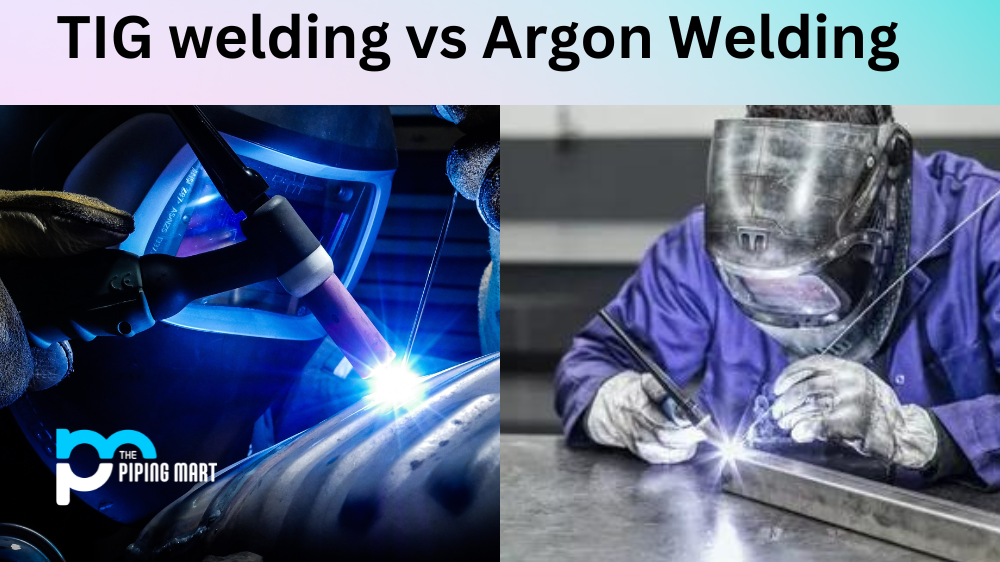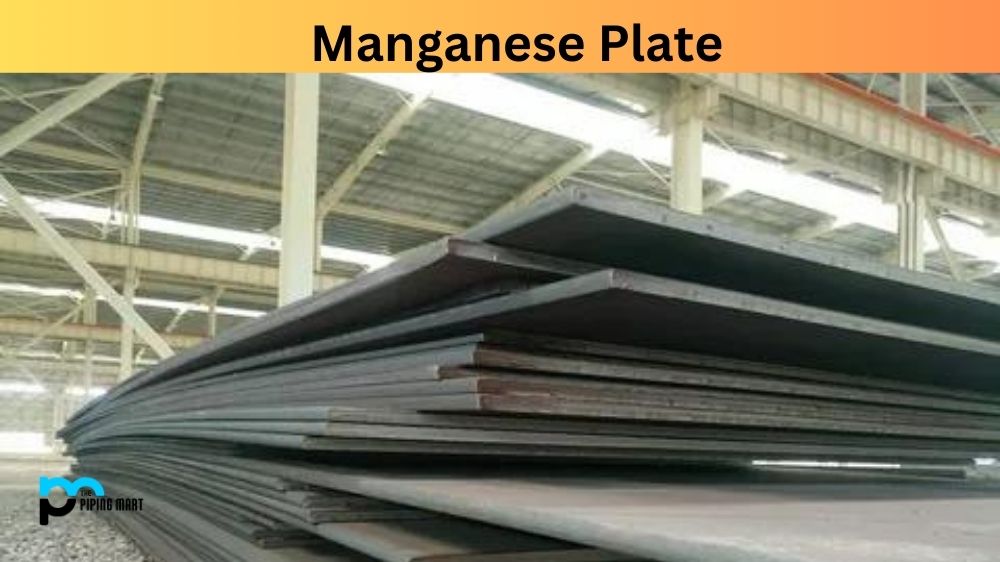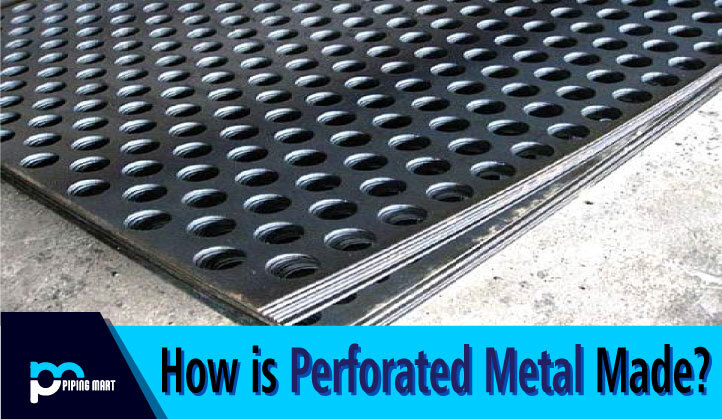If you’re considering a career in welding or need to make some repairs around the house, it’s essential to understand the different types of welding. Two popular forms are TIG and argon welding. Although they have similarities, they also have some significant differences that can make all the difference in getting the job done right. Let’s break down what sets these two welding methods apart.
TIG Welding
TIG stands for inert tungsten gas, a type of arc welding that uses an electric current between a non-consumable tungsten electrode and the workpiece to create an arc that produces heat. TIG welding is highly versatile and can be used on most metals, including aluminium, stainless steel, copper alloys, brass, nickel alloys and magnesium. It is often considered one of the most challenging welds due to its high skill level requirement. The welder needs to use both hands separately to keep a stable arc while controlling the filler rod and manipulating the torch with the other hand.
Argon Welding
Argon welding is another type of arc welding that uses an electric current between an electrode and the workpiece. Still, instead of using a tungsten electrode as TIG welding does, argon welding utilizes carbon dioxide or argon gas as its shielding gas. Argon gas is much cheaper than pure carbon dioxide gas, which makes it more cost-effective for many projects. Argon welders produce much less spatter than TIG welders and are easier to learn than TIG welders because they don’t require two separate control inputs from your hands simultaneously; instead, you control the speed at which you move your torch across the workpiece to achieve optimal results. This makes argon welders perfect for beginner welders who are just learning to weld.
Difference Between TIG welding and Argon Welding
Advantages of TIG Welding
Some advantages of TIG welding include its ability to produce a high-quality weld, its versatility (it can be used on various metals), and its relatively low cost. Additionally, TIG welding is relatively easy to learn and can be performed by anyone with basic welding skills.
Advantages of Argon Welding
Some advantages of argon welding include its ability to produce a strong weld, durability, and corrosion resistance. Additionally, argon welding is relatively easy to learn and can be performed by anyone with basic welding skills.
Disadvantages of TIG Welding
Some of the disadvantages of TIG welding include its slower speed (compared to other types of welding), its lack of portability (it requires access to an electrical outlet), and its need for special equipment (such as a TIG welder). Additionally, TIG welding can be more challenging to learn than other types of welding.
Disadvantages of Argon Welding
Some of the disadvantages of argon welding include its slower speed (compared to other types of welding), its lack of portability (it requires access to an electrical outlet), and its need for special equipment (such as an argon welder). Additionally, argon welding can be more challenging to learn than other types of welding.
Conclusion:
TIG and argon welding offer unique advantages for specific applications, but understanding how each work will help you choose the best method for your project or repair needs. In general, though, if you’re looking for precision, then TIG welding is ideal, while if you need something quick, then argon welding may be better suited for your needs since it doesn’t require as much skill or training as TIG does. Ultimately, it’s vital that you understand both types of welds so you can make informed decisions when tackling any metalworking job!

Pipingmart is a B2B portal that specializes in metal, industrial and piping items. Additionally, we share the latest information and information about materials, products and various types of grades to assist businesses that are involved in this business.




